Cycling is a powerful, low-impact sport that builds endurance, strength, and mental resilience. However, even with its joint-friendly reputation, cyclists are not immune to overuse injuries, muscle imbalances, and postural strain. Whether you're a weekend rider or training for your next century ride, integrating smart rehab practices into your routine can prevent setbacks and enhance performance.
Rehabilitation for cyclists isn’t just about recovering from injury—it’s about building a resilient body that can handle the demands of long rides, intense climbs, and repetitive motion. In this guide, we’ll explore five practical, coach-style rehab tips that focus on form, mobility, and easy modifications to keep you pedaling strong.
Many cycling-related issues—such as lower back pain, knee discomfort, and IT band tightness—stem from underactive glutes and tight hip flexors. Hours in the saddle shorten the front of the hips while the glutes become dormant, leading to inefficient power transfer and compensatory movements.
Coach’s Tip: Begin each ride with a 5-minute activation warm-up. Include exercises like glute bridges, clamshells, and standing hip circles. Perform 2 sets of 15 reps for each movement to wake up the posterior chain.
Form Note: During glute bridges, focus on squeezing the glutes at the top—avoid overextending the lower back. Keep your core engaged throughout.
Easy Modification: If you're short on time, perform seated glute squeezes during your pre-ride coffee break. Squeeze and hold for 5 seconds, repeat 10 times.
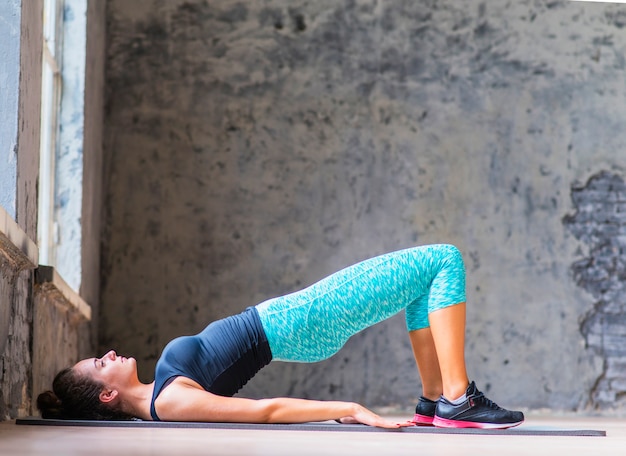
Poor bike fit is a leading contributor to neck, shoulder, and lower back pain. A position that’s too aggressive or too stretched out forces the spine into unnatural postures, especially during long rides.
Coach’s Tip: Regularly assess your riding posture. Your elbows should be slightly bent, shoulders relaxed, and neck in a neutral position. If you’re experiencing numbness or tingling, it’s time to reevaluate your setup.
Form Note: When riding, periodically check in with your body. Can you breathe deeply? Are your hands relaxed on the bars? Tension anywhere? Make micro-adjustments as needed.
Easy Modification: Raise your handlebars slightly or install a shorter stem to reduce spinal flexion. Even a 5–10 mm change can make a significant difference in comfort and injury prevention.
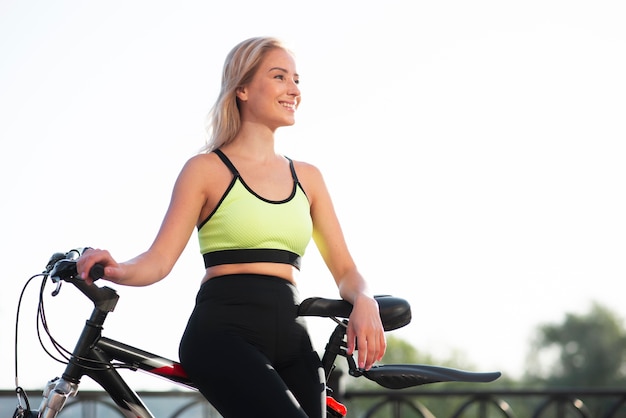
A strong core stabilizes your pelvis and reduces energy leaks while cycling. However, traditional crunches won’t cut it. Cyclists need dynamic, functional core strength that mimics the demands of riding.
Coach’s Tip: Incorporate anti-rotation and isometric holds into your rehab routine. Planks, side planks, and dead bugs are excellent choices. Aim for 3 sets of 30–45 seconds, 3–4 times per week.
Form Note: During a plank, keep your hips level—avoid letting them sag or hike up. Imagine a straight line from head to heels.
Easy Modification: If full planks are too challenging, start on your knees or reduce the time. Consistency matters more than duration.
Many cyclists unknowingly pedal with one leg doing more work than the other. This imbalance can lead to joint strain, reduced efficiency, and overuse injuries.
Coach’s Tip: Integrate single-leg pedaling drills into low-resistance, easy rides. Pedal with one leg for 30 seconds, then switch. Focus on smooth, circular motion—emphasize pulling up and pushing over the top.
Form Note: Keep your hips stable. If they rock side to side, reduce resistance. The goal is control, not speed.
Easy Modification: Use a stationary trainer for better control. Start with 2–3 sets per leg and gradually increase as coordination improves.
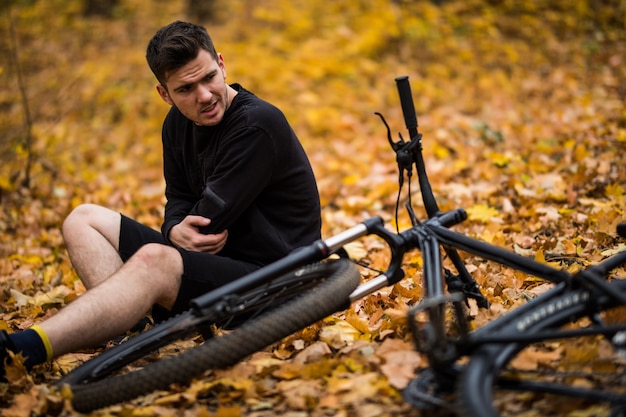
Cycling is a repetitive motion sport that can lead to tight hamstrings, quads, and calves. Without regular mobility work, these tissues lose elasticity, increasing injury risk.
Coach’s Tip: Dedicate 10–15 minutes post-ride to targeted stretching and foam rolling. Focus on the hip flexors, IT band, calves, and thoracic spine.
Form Note: When foam rolling the IT band, go slowly and avoid excessive pressure. Use small, controlled movements—pain should never be sharp.
Easy Modification: Use a tennis ball or massage ball for hard-to-reach areas like the glutes or feet. Roll each area for 60 seconds daily.
Rehabilitation for cyclists isn’t a sign of weakness—it’s a proactive step toward longevity in the sport. By integrating these five practical tips into your routine, you’ll build a stronger, more balanced body that’s ready to tackle every mile with confidence.
Remember: Small, consistent changes yield the biggest results over time. Listen to your body, respect recovery, and ride smart.

Fitness

Fitness

Fitness

Fitness
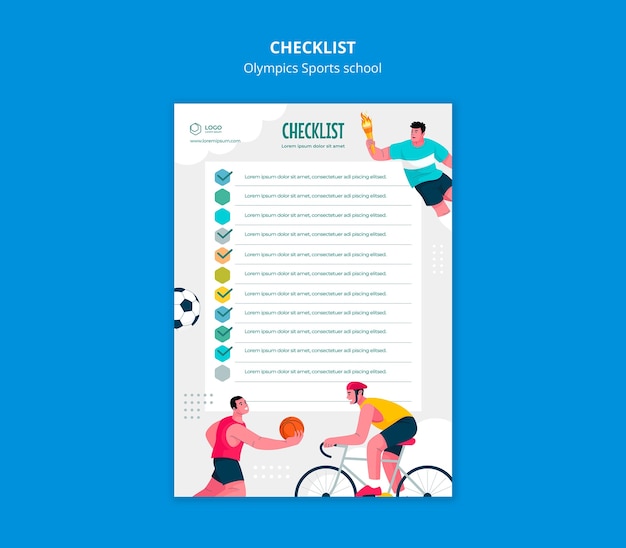
Fitness
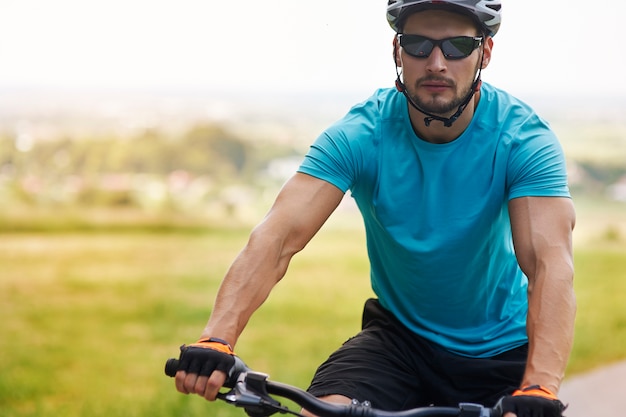
Fitness
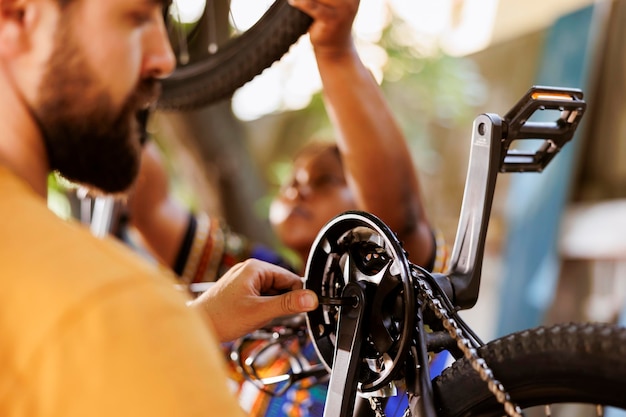
Fitness

Fitness

Health

Fitness

Health

Health